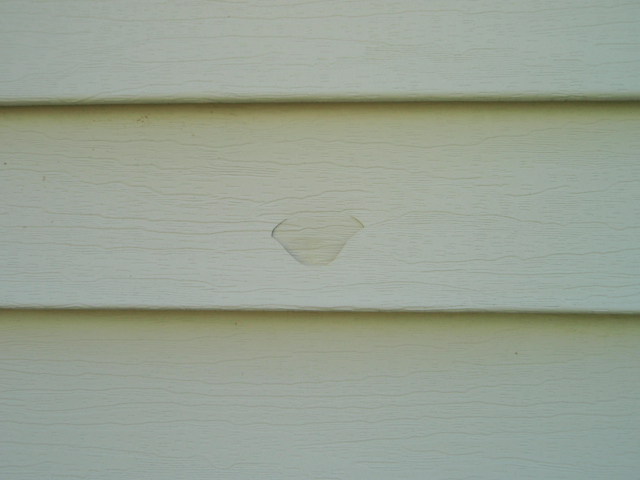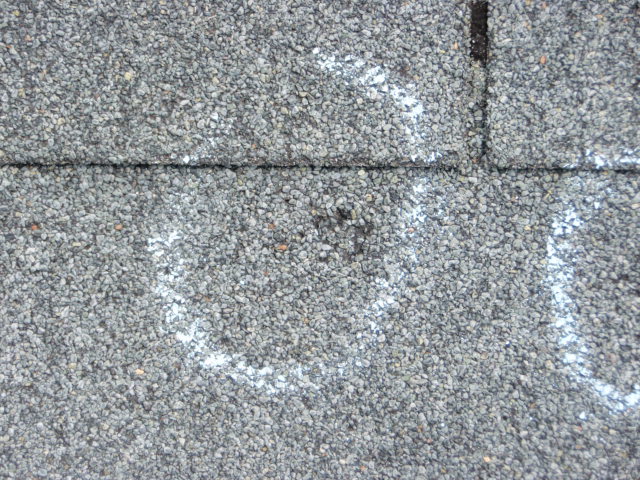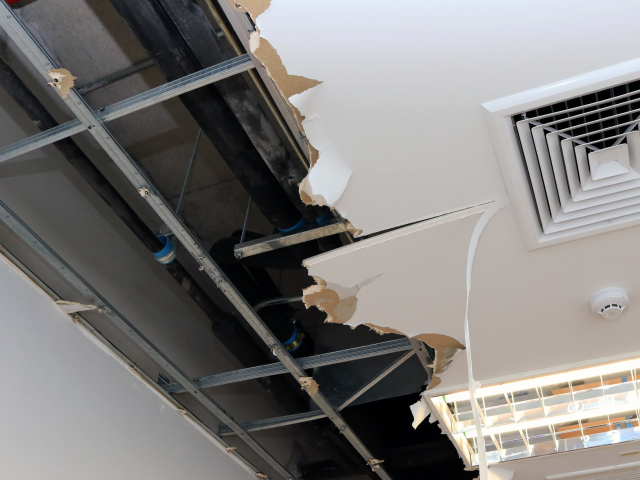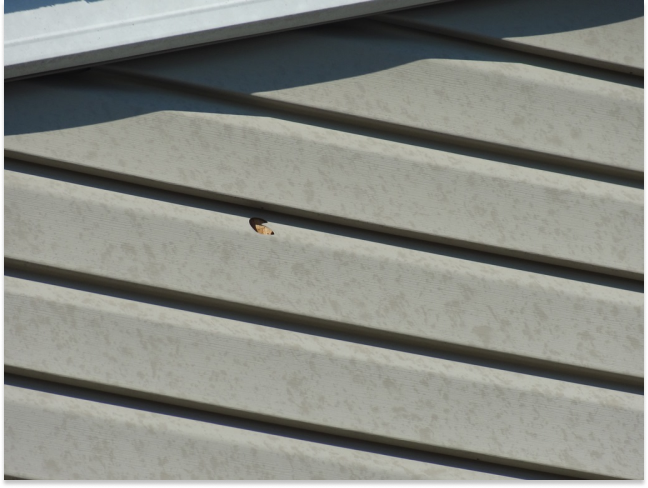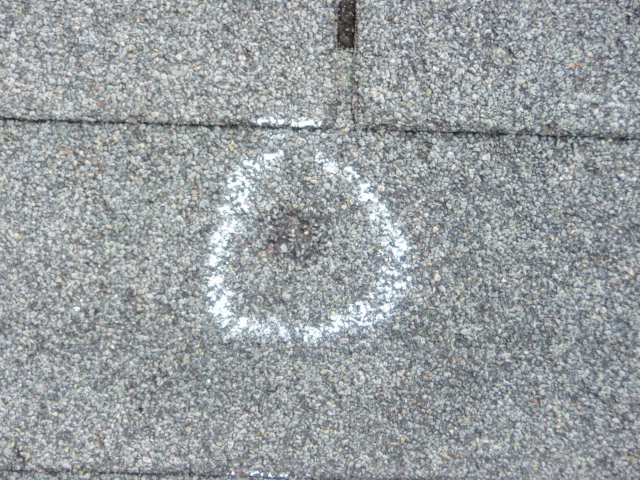- (703) 775-0285
- Info@NorthStarCS.com
- 8078 Crescent Park Drive, Suite 205, Gainesville, VA 20155
Class A License #2705181375 (RBC)
Hail is formed when the wind pressure is powerful enough to push the rain drops up into the upper atmosphere where it freezes. As the ice falls back down, the wind pushes it back up into the freezing temperatures while it collects more water and freezes some more. This process continues until the hail is too heavy, overpowers the pressures of the uplift winds, and falls to the ground where it is pushed into buildings, causing damage. Depending on the age of the roof and whether you have aluminum siding, hail as small as 0.75 inches can cause damage.
Only a thorough and proper inspection by an expert can determine the difference between what is and isn’t damaged. Obvious damage is easy to identify by anyone, but hard-to-find damage requires a trained eye. Hail impacts a roof shingle, creating a bruise like a soft spot on an apple, which can eventually lead to a leak. It is important to identify this damage early so it can be addressed immediately and before additional damage, such as interior leaks, occur. In many cases, the number of damaged shingles within a “test square” (i.e., sampling of damage area) can spell the difference between a scope of work for repair or complete replacement. This same hail can cause damage to aluminum siding, gutters, window screens, etc.
